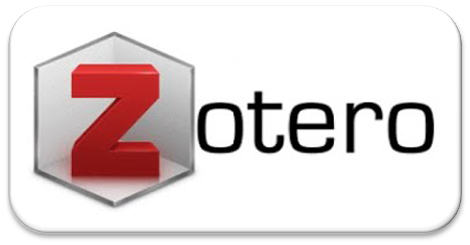Islamist Networks in Southeast Asia
Abstract
Before we examine the Islamist networks in Southeast Asia, we need to clarify what we mean by Islamism and jihadism. These are two related but distinct concepts that often cause confusion and misunderstanding. Islamism is a political ideology that seeks to apply Islamic principles and values to public life. Jihadism is a militant strategy that uses violence and armed struggle to achieve Islamic goals. Islamism and jihadism are not synonymous, nor are they mutually exclusive. There are different types of Islamists and jihadists, and they do not always agree or cooperate with each other. We will also discuss some of the challenges and opportunities for dialogue and cooperation among Muslims and non-Muslims in the region, as well as the implications for regional and global security. The Islamist networks in Southeast Asia are diverse and complex, and they draw their inspiration and influence from various sources and categories of Islamist and jihadist ideologies.
Keywords
Full Text:
PDFReferences
Bartlett, Jamie, and Jonathan Birdwell. 2013. “Cumulative Radicalisation between the Far-Right and Islamist Groups in the UK: A Review of Evidence.” Demos 5(3).
Chalk, Peter. 2015. “Militant Islamic Extremism in Southeast Asia.” Pp. 19–37 in Terrorism and Violence in Southeast Asia. Routledge.
Desker, Barry. 2003. “Islam in Southeast Asia: The Challenge of Radical Interpretations.” Cambridge Review of International Affairs 16(3):415–28.
Fealy, Greg. 2009. “Islam in Southeast Asia.” Contemporary Southeast Asia 2:157–75.
Gershman, John. 2002. “Is Southeast Asia the Second Front.” Foreign Aff. 81:60.
Hamid, Shadi. 2010. “The Islamist Response to Repression: Are Mainstream Islamist Groups Radicalizing?” Policy Briefing, Brookings Doha Center.
Houben, Vincent J. H. 2003. “Southeast Asia and Islam.” The ANNALS of the American Academy of Political and Social Science 588(1):149–70.
Laffan, Michael. 2003. “The Tangled Roots of Islamist Activism in Southeast Asia.” Cambridge Review of International Affairs 16(3):397–414.
Malthaner, Stefan. 2011. Mobilizing the Faithful: Militant Islamist Groups and Their Constituencies. Vol. 4. Campus Verlag.
Mecham, Quinn. 2014. “Islamist Movements.” Pp. 201–17 in The Arab uprisings explained: New contentious politics in the Middle East. Columbia University Press.
Pack, Jason. 2013. The 2011 Libyan Uprisings and the Struggle for the Post-Qadhafi Future. Vol. 254. Springer.
Piazza, James A. 2009. “Is Islamist Terrorism More Dangerous?: An Empirical Study of Group Ideology, Organization, and Goal Structure.” Terrorism and Political Violence 21(1):62–88.
Rabasa, Angel M. 2005. “Radical Islamist Ideologies in Southeast Asia.” Current Trends in Islamist Ideology 1:27–39.
Schulze, Kirsten E., and Julie Chernov Hwang. 2019. “Militant Islam in Southeast Asia.” Contemporary Southeast Asia 41(1):1–13.
Sidel, John Thayer. 2007. The Islamist Threat in Southeast Asia: A Reassessment. Vol. 37. Institute of Southeast Asian.
Singerman, Diane. 2004. “The Networked World of Islamist Social Movements.” Islamic Activism: A Social Movement Theory Approach 143–63.
Thayer, Carlyle A. 2008. “Radical Islam and Political Terrorism in Southeast Asia.” Southeast Asian Studies 256:275.
Vaughn, Bruce. 2005. Islam in South and Southeast Asia. Nova Science Publishers, Inc.
DOI: https://doi.org/10.29103/aaj.v8i1.15968
 Article Metrics
Article Metrics
 Abstract Views : 144 times
Abstract Views : 144 times
Refbacks
- There are currently no refbacks.
Copyright (c) 2024 Al Chaidar Abdul Rahman Puteh, Ade Ikhsan Kamil
INDEXED BY:











Redaksi Aceh Anthropological Journal (AAJ): Gedung Program Studi Antropologi Fakultas Ilmu Sosial dan Ilmu Politik Universitas Malikussaleh. Kampus Bukit Indah Jln. Sumatera No.8, Kec. Muara Satu Kota Lhokseumawe, Prov. Aceh, Indonesia. eMail: aaj.antro@unimal.ac.id
All publication by Aceh Anthropological Journal (AAJ) are licensed under a Lisensi Creative Commons Atribusi 4.0 Internasional


.png)



.png)
.png)
.png)

